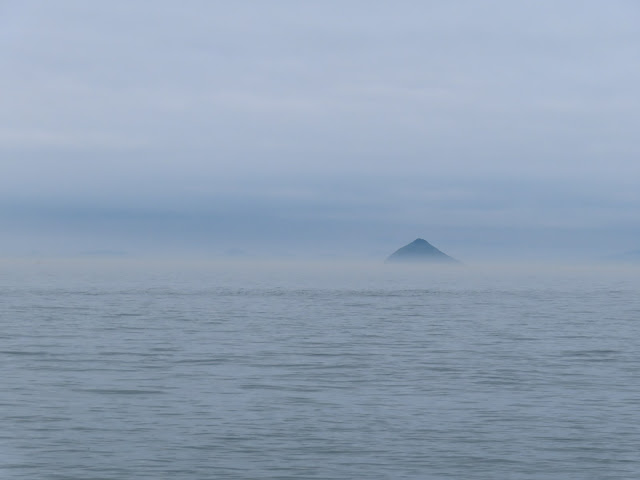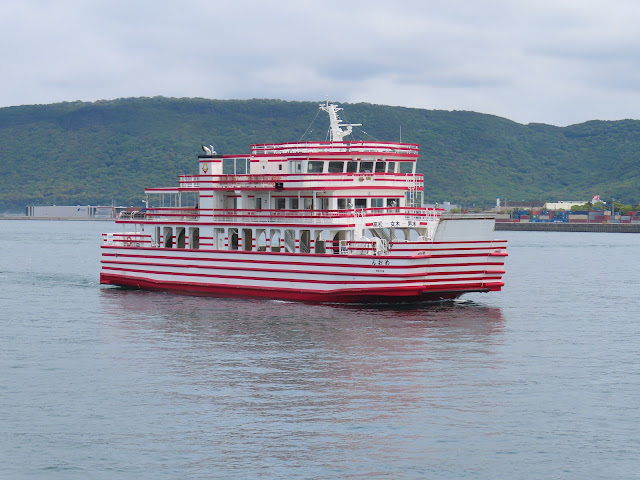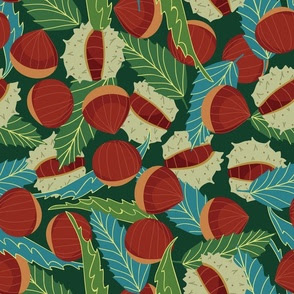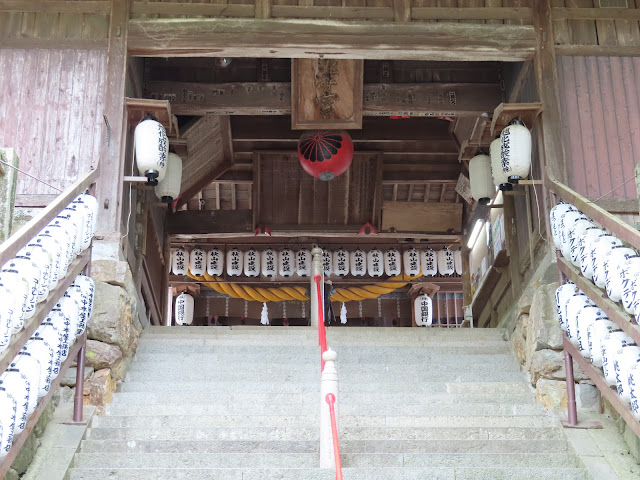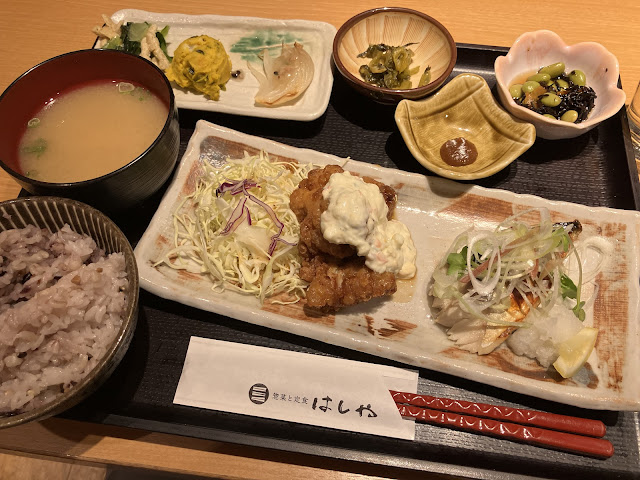Monday, April 22, 2024
If you only have one day in Japan, do not make it a Monday.
In Japan (and many other places), 90% of the museums and at least 50% of the restaurants are closed on Mondays. Even parks and gardens can be closed. It is a day that requires some creative planning.
We decided we would take a taxi to our destination this morning, so we asked a young man behind the desk at our hotel to call us a taxi. This turned out to be big production. Ten minutes later, after FOUR different clerks had participated, and something had been looked up on a computer, and after several questions had been asked and answered, the taxi had finally been called. Great teamwork, kids, but you don’t need a task force for everything. Yes, this is how a lot of things work in Japan. Nothing is simple if it can be made more complicated. If a job can be done by one person, how much better it will be to have three or four people doing that job.
The taxi dropped us off at a very long pier leading to a lighthouse. Based on the number of steps it took to walk to the lighthouse, I estimate the pier to have been about one kilometer long.
A mysterious mist hung over the Seto Inland Sea. It made me think of the ethereal music of Enya.
We walked out to the lighthouse and enjoyed the warm, humid sea air. We watched ferries come and go.
We saw the island of Megijima, where our old friend Momotaro went to fight the Ogre.
 |
| Megijima |
By the time we reached the end of the pier we realized that the “lighthouse” was really a “light,” not a lighthouse. It was made of red glass blocks and apparently it looks very pretty at night when it is lit up.
From the pier we walked to the ruins of Takamatsu Castle, passing the ferry docks on the way.
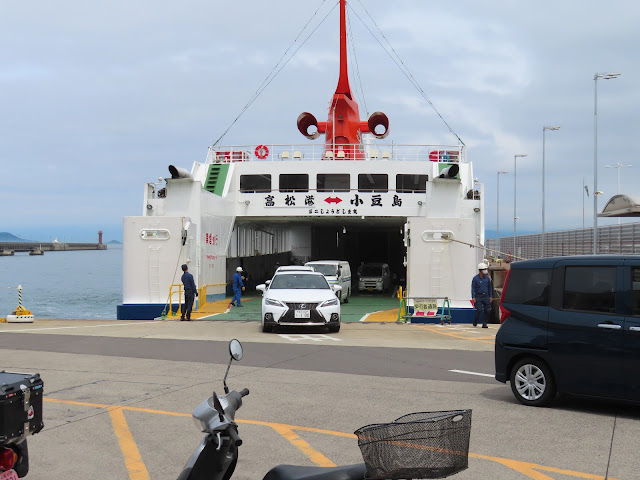 |
Why is it so much fun to watch vehicles disembark from a ferry? |
What are these?
 |
| The Takamatsu Symbol Tower offers shopping, dining, and an observatory on the 20th floor. |
Takamatsu Castle is an Important Cultural Property. It was one of Japan’s three biggest water castles, or castles with sea access. Construction was begun in 1587. The castle grounds were originally about 10 times as large as they are now, but over the years the lands were appropriated for other uses. The main castle building (tower) was demolished in 1884 due to its deterioration. The inner fortified area remains along with the base of the tower.
 |
| Azaleas! |
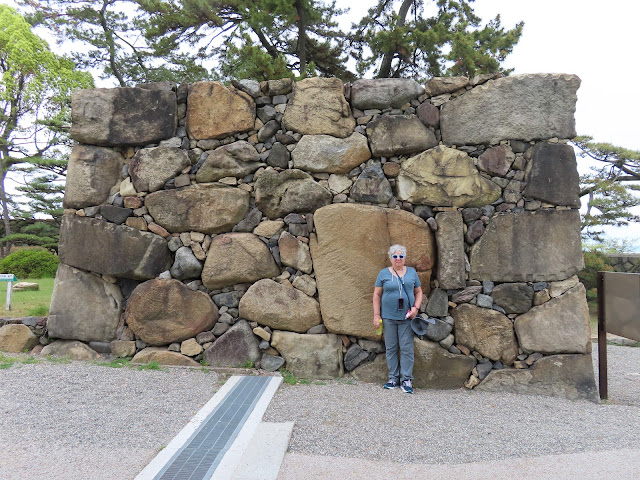 |
| This is how thick the inner wall around the castle was. Some of the stones were huge. Somehow, they were pieced together to yield a snug fit and a very solid wall. |
 |
| One of the castle turrets |
 |
| This is how big one of the moats was. |
 |
| A group of tourists being taken on a boat ride in the moat |
 |
| The hats and jackets were part of the boat ride experience |
 |
| One of the gates to the present-day castle grounds |
And then there is Slowpoke. Slowpoke is a Pokémon character, known in Japan as Yadon. He is relaxing on top of a mailbox in front of a post office. I have seen three or four other characters atop mailboxes on this trip. Why shouldn’t mailboxes be fun?
Happy Earth Day!
Happy Passover to those who celebrate!
Today’s fabric is from the By the Sea Collection at Fabric Design Treasures.
